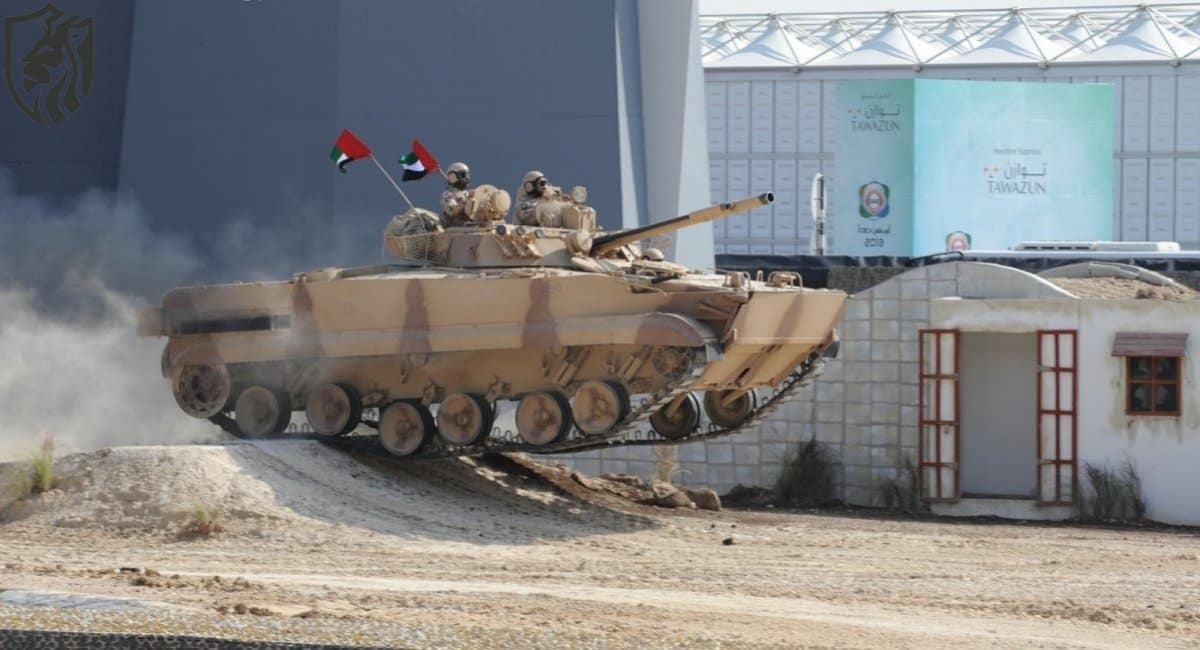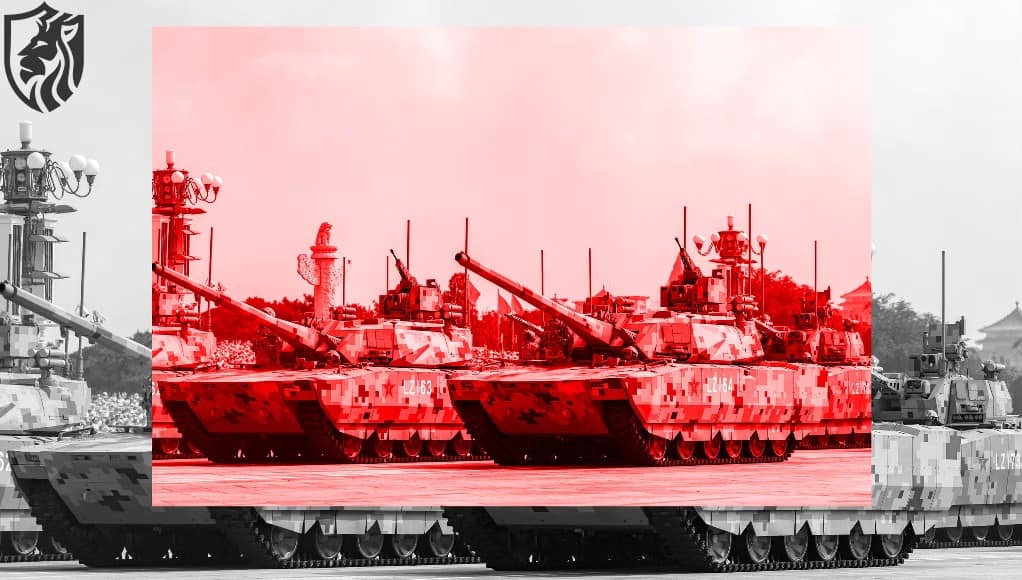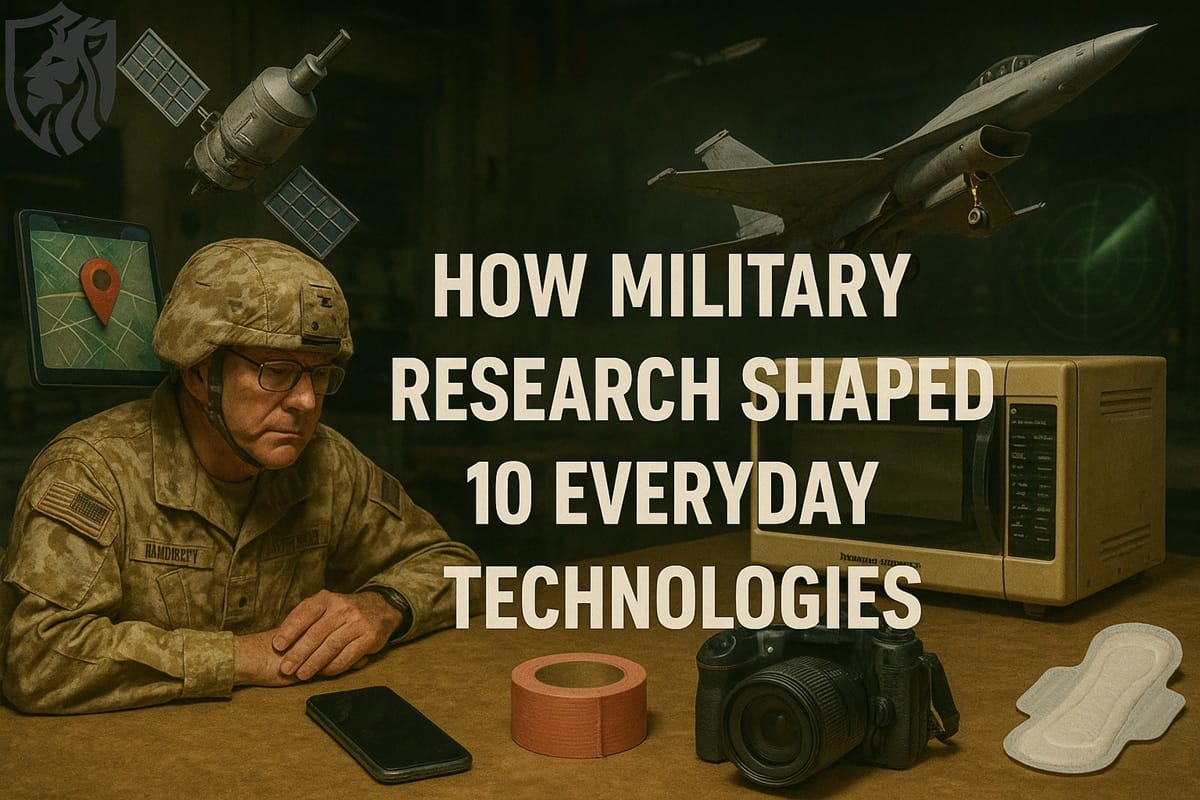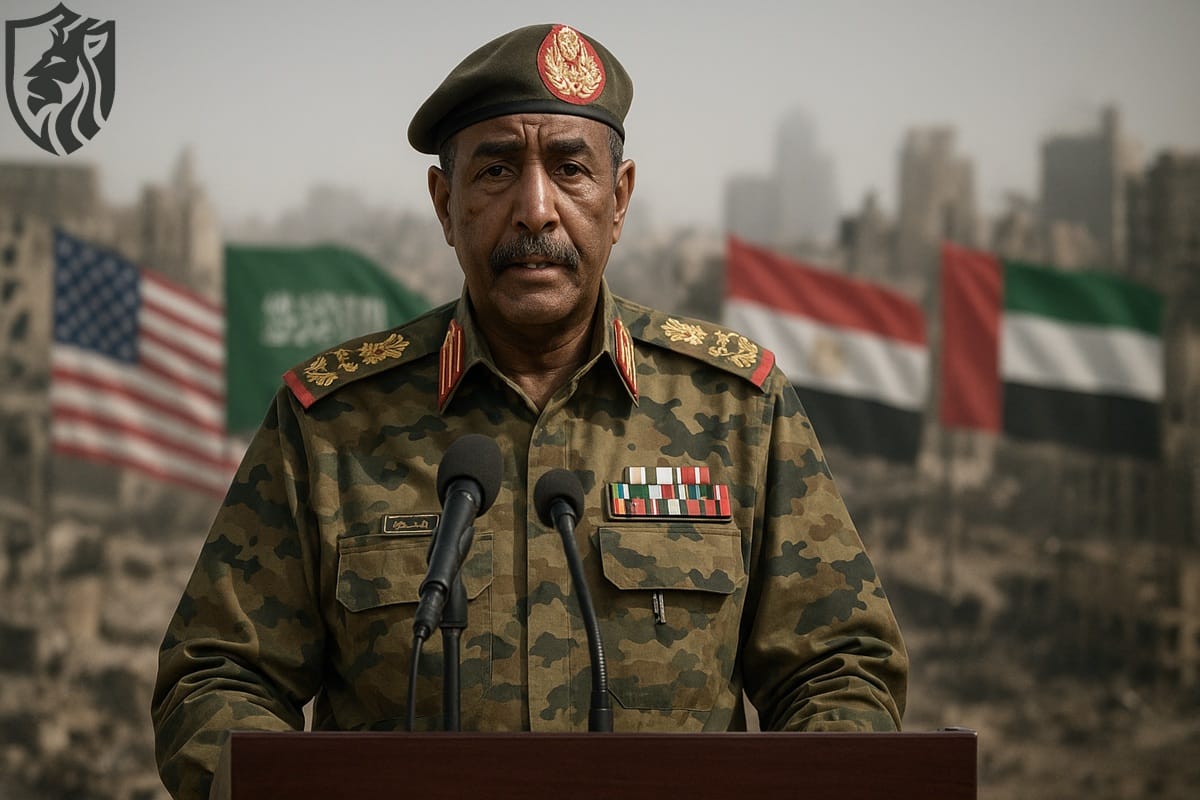
The United Arab Emirates is set to transform its ageing fleet of BMP-3 infantry fighting vehicles. In a deal announced at the IDEX 2025 trade fair, Turkish defence firm FNSS will overhaul 615 Soviet-era BMP-3s.
The upgrade, aimed at bolstering military modernisation, changed the UAE’s long-standing ties with Russian manufacturers in favour of a new Turkish partnership. The updated vehicles will benefit from improved firepower, advanced electronics, and enhanced armour.
A New Era for BMP-3 Vehicles
The BMP-3 has long been a central component of the UAE’s land forces. Originally acquired during the early 1990s, these vehicles served well in a region defined by harsh desert conditions and coastal challenges. However, time has exposed several limitations. The Turkish-led modernisation project aims to overcome these shortcomings by integrating cutting-edge technology with robust engineering solutions.

Historical Background and Strategic Shift
The UAE purchased its first batch of BMP-3s in the early 1990s. Russia, emerging from the Soviet era, sought to expand its international market. The BMP-3, introduced in 1987, impressed the Emirates with its unique combination of amphibious capability and formidable firepower.
However, maintenance challenges and weaknesses in armour protection have always been points of concern. The recent decision to collaborate with FNSS reflects a strategic pivot—one that embraces Turkish engineering and a desire to align with modern military standards.
Modernization Objectives
FNSS has partnered with the UAE’s EDGE Group to undertake a comprehensive overhaul of the BMP-3 fleet. The project will focus on:
Engine and Transmission Upgrades:
The BMP-3’s original UTD-29 diesel engine will be evaluated. Engineers will ensure any new engine maintains desert mobility and durability.
Enhanced Electronic Systems:
Modern control systems and digital interfaces will replace outdated electronics, improving battlefield communications and targeting precision.
Upgraded Firepower:
FNSS’s Teber turret may replace the current 2K23 turret system, which houses a 100mm low-pressure gun and a 30mm autocannon. This new turret system offers both manual and unmanned options and includes additional features like anti-tank missile launchers and remote weapons modules.
Improved armour protection:
Given the BMP-3’s vulnerability in combat, especially in conflict zones such as Ukraine and Yemen, modernisation includes an evaluation of advanced composite materials and enhanced reactive armour solutions. These upgrades are designed to provide a balanced approach between mobility, firepower, and protection—key factors for any military modernisation effort.
Technical Insights and Strategic Impact
Enhancing Firepower and Protection
The original BMP-3 boasts a 100mm gun, a 30mm autocannon, and multiple machine guns. Despite its impressive firepower, the vehicle’s light armour has been a source of criticism. Combat scenarios often compromise the vehicle’s protection.
FNSS’s plan includes the potential replacement of the current turret with the advanced Teber system. This move will enhance the BMP-3’s firepower while providing additional defensive measures, such as integrated active protection systems and acoustic shot detection. Military enthusiasts will appreciate the balance between improved offensive capabilities and upgraded survivability.
Addressing Engineering Challenges
Modernising a Cold War relic is not a small feat. The compact layout of the BMP-3 design places the engine at the rear, making it challenging to add additional weight without compromising performance. Engineers from FNSS and EDGE Group will face the challenge of integrating thicker armour and modern engines without compromising the vehicles’ agility in the desert.
The project also involves modernising transmission and suspension systems to ensure reliability under extreme conditions. This comprehensive upgrade is a clear sign of the UAE’s commitment to futureproofing its defence capabilities.
Regional Implications and Strategic Realignments
This deal marks a significant strategic shift. By choosing Turkish expertise over traditional Russian partnerships, the UAE sends a strong message about its future military alliances. This decision is likely to have widespread implications for the Middle East, where military modernisation and strategic alliances are constantly in flux. The revamped BMP-3s will not only serve as a cornerstone of the UAE’s land forces but also highlight Turkish engineering prowess on a global stage.

Operational Benefits and Future Prospects
Readiness for Modern Warfare
The updated BMP-3 vehicles are expected to enhance operational readiness. With improved firepower and protection, these vehicles will be better suited for modern combat scenarios. The modifications will allow the BMP-3 to remain agile in desert terrain and coastal waters alike, ensuring that the UAE’s land forces are equipped to face emerging threats.
Boost to Local Defence Industry
The partnership between FNSS and EDGE Group is a boost to local defence capabilities. The modernisation project, utilising Turkish innovationss and Emirati resources, demonstrates how international collaboration can result in cutting-edge military solutions. This model of cooperation might lead to future joint projects that further enhance regional security.
Future Upgrades and Adaptability
While the current focus is on overhauling the BMP-3, the modernisation project may pave the way for further upgrades. The new systems and components introduced during this overhaul are likely to be adaptable for future improvements. This approach ensures that the UAE’s land forces can remain at the forefront of military technology, maintaining relevance in an ever-changing global defence landscape.
Conclusion
The UAE’s decision to revamp its BMP-3 fleet with Turkish innovation represents a bold move towards comprehensive military modernisation. The new BMP-3 upgrade will redefine the capabilities of the UAE’s armed forces by addressing historical weaknesses and incorporating advanced engineering. This project not only strengthens the nation’s defence but also highlights the shifting alliances and technological trends shaping modern warfare.
As the first vehicles enter the modernisation workshop, military enthusiasts and technical experts will closely watch. This upgrade is a pivotal moment for the UAE and a demonstration of how traditional systems can evolve to meet the demands of 21st-century combat.
References
- IDEX 2025 Trade Fair Coverage – Defense News
- Turkish Defence Industry Updates – Jane’s Defence
- Modernisation Projects in Middle Eastern Defence – Military Technology
- Historical Insights on BMP-3 Development – Global Security









